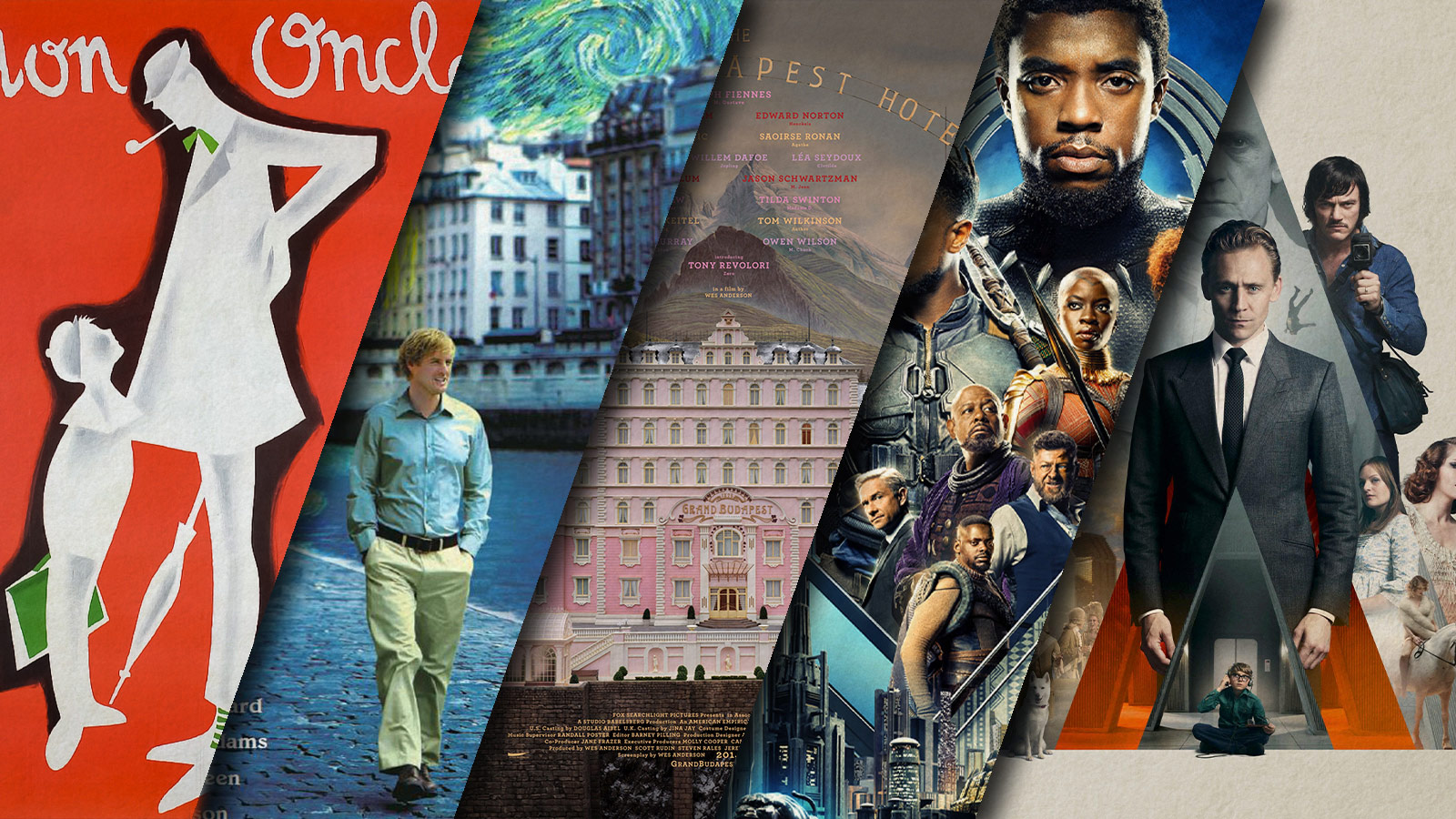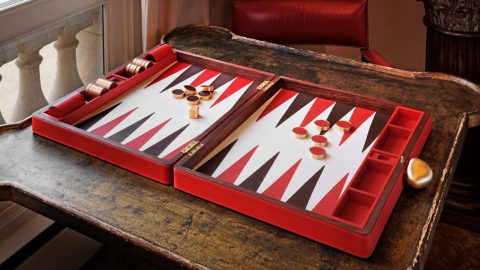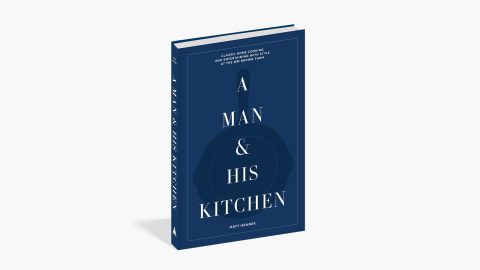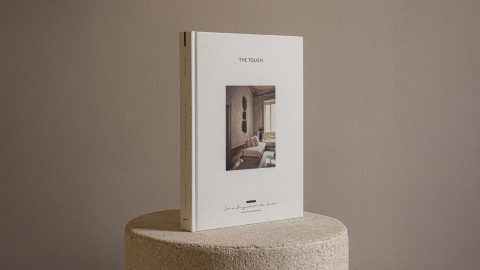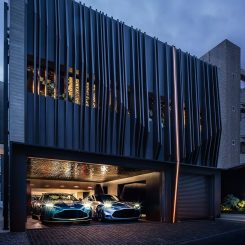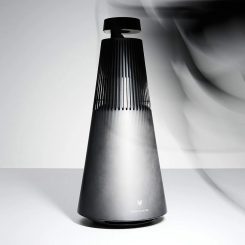If you’re an architect, interior designer or someone habitually scrolling through Instagram for a dose of architectural inspiration, these films should be on your must-watch list. In fact, even if you don’t see yourself in any of these categories, the films we spotlight here are must-see classics. This post explores some of the best architecture movies every aspiring architect, designer, or architecture lover should watch for inspiration. Here’s the ultimate run-down of movies just for you.
Black Runner 2049
Blade Runner 2049 is an extension of Ridley Scott’s original Blade Runner from 1982, which set up a dystopian future for 2019 that was semi-accurate compared to our current time. The director of 2049, Denis Villeneuve, decided to extend the moods and themes of the first movie, rather than develop a whole new future based on today’s culture. Cinematographer Roger Deakins looked to London’s Brutalist architecture to create this film, and Villeneuve said he wanted the “Brutalist feel” with severe concrete design. From the mid-20th century, this style rose in popularity before reaching its peak in the mid-1970s, when it came crashing down as a model of bad taste. Considered a brand of architectural modernism defined by the extensive use of raw concrete — sometimes referred to as cold or oppressive — this style was a spot-on choice given the feel of Los Angeles and Las Vegas as portrayed in Blade Runner 2049.
Black Panther
The epic superhero film, Black Panther, is set in a fictional futuristic African nation called Wakanda. The Afrofuturist architecture featured in the Marvel hit movie is, according to lead production designer Hannah Bleacher, an unexpected blend of the sinuous buildings of late British-Iraqi architect Zaha Hadid; in particular, the DDP Building in Seoul, completed in 2013, and the Wangjing SOHO in Beijing, completed in 2015. The inspiration for Black Panther’s palace interestingly came from Buckingham Palace, home to the Queen of England and the former seat of Britain’s colonial power. Beachler visited all of these buildings while conducting research for the film. Referring to Afrofuturism, which is defined as “a way of looking at the future or alternate reality through a black cultural lens,” Beachler comments, “That’s what I wanted people to feel for the modern architecture in Black Panther,” she said. “Very voluptuous, very curvy, no hard edges and the spaces feel both very large and intimate at the same time.”
To achieve this, Beachler created fluid and curved structures for Wakanda, using earth tones and natural materials. Zaha-style curves were then combined with southern African architectural references, such as the traditional rondavel huts that feature conical, thatched roofs. These can be seen in the design of the skyscrapers in Birnin Zana, Wakanda’s Golden City capital. Black Panther has clearly made its mark on architecture as the film is often cited as an inspiration for futuristic African cities currently in the planning phases such as Akon City in Senegal.
The Grand Budapest Hotel
Set within a fictional country called Zubrowka in the 1930s, The Grand Budapest Hotel is a Wes Anderson film released in 2014. As with virtually all of Anderson’s productions, architecture plays a central role in his decidedly un-naturalistic approach to cinema. Nearly all of Anderson’s movies feature a central structure around which the action revolves. In The Royal Tenenbaums, it was a family home in Manhattan, while in The Darjeeling Limited, it was a train that carried American tourists across India. In each of these films, Anderson uses various techniques to ensure that the viewer gets a complete picture of the structure. He doesn’t just provide an impressionistic sense of place, but actually lays out how the spaces fit together, sometimes using architectural models and cutaways. In The Grand Budapest Hotel, the exterior shots of the impeccable pink and cream hotel are a miniature model and no effort is made to conceal this fact. Many of the interior shots of the hotel, including those of the grand lobby, were taken in the vacant Görlitz Department Store in Germany, a palatial Art Nouveau structure built in 1929.
The Grand Budapest Hotel is a remarkable film about place, memory, and how the values of a lost era can live on through architecture. While most of the film showcases the Grand Budapest in its prime before World War II, a few take place in the 1960s, when the furnishings have become drab and the exterior is covered in raw concrete — leaving the viewer to believe that all of the delicacy and whimsy that once was has been lost as more contemporary tastes have taken over.
Metropolis
Metropolis, one of the great masterpieces of silent cinema, is a sci-fi drama directed by Fritz Lang and released in 1927. Made in Germany during the Weimar period, Metropolis is set in the then distant year of 2000, in a futuristic urban dystopia. Influences from various types of architecture can be seen throughout the film, including Art Deco, Bauhaus, Futurism, and even some Gothic influences are visible in the incredible set design and architecture. The story takes place in Metropolis, a million-acre city where rich industrialists and ranking business owners live in high-style within skyscrapers reaching up to 1,000 stories high. All other inhabitants of the city spend their lives underground to run the machinery that powers the city. According to Lang, a visit to New York City inspired his vision of the film and the dazzling skyscrapers portrayed. He said, “I looked into the streets — the glaring lights and the tall buildings — and there I conceived Metropolis. The buildings seemed to be a vertical sail, scintillating and very light…suspended in the dark sky to dazzle, distract, and hypnotize.”
Midnight In Paris
Released in 2011, Woody Allen’s Midnight in Paris, is like taking a grand tour of the beautiful and varied architecture found in the City of Light. This fantasy film is about the love and relationship of Gil and his fiance Inez who take a trip to the French city. During their stay, Gil is magically transported back in time where he meets artistic, literary, and entertainment legends like Ernest Hemingway, Zelda and Scott Fitzgerald, and Josephine Baker. Gil’s adventures take him to places like the Saint-Étienne du Mont Church, which is a mix of Gothic, Classical, and Renaissance architectural styles as its construction time spanned 1492 to 1626. During one of his nightly rambles in Paris, Gil finds himself at the renowned Paul Bistro, built in the early 20th century in the Art Nouveau style, with its curved shapes, mixed materials, and a spectrum of colors displayed. Gil and Inez take a tour of the Orangerie Museum, built in 1852, which is an example of the neoclassical-style of architecture, defined by symmetry and simple geometry. The list of architectural delights highlighted in Midnight in Paris goes on and on. One must watch the film to fully appreciate the breadth of architecture in this special city.
A Single Man
Designer Tom Ford’s award-winning 2009 film, A Single Man, featured Colin Firth as George, a gay man who is grieving the death of his partner Jim (Matthew Goode) in 1962. The movie is largely set inside the Glendale, California Schaffer Residence, designed by master architect John Lautner in 1949. It is an example of Wrightian-influenced Mid-Century Modern architecture. The house exhibits the modest scale and massing, horizontal emphasis, large expanses of glass, and asymmetrical plan associated with Mid-Century Modern houses, along with a connection to the outdoors and a focus on the specific site conditions of Organic architecture. The design worked around the existing oak trees found on the property. It makes extensive use of glass for its exterior, and is said to “feel like a newly pitched tent or a wood cabin that provides shelter and privacy without boxing out nature.”
The Schaffer Residence was chosen as the setting for A Single Man for one main reason. With its numerous glass walls, it allowed for some of the filming to take place outside as though the viewer was looking in on the main character as he comes to grips with his loss. In filming from the outside in, George’s loneliness is often emphasized. This is seen in an instance at the start of the film where George sits and drinks coffee. The camera pulls back and offers a wide shot of the Schaffer Residence, emphasizing both George’s place in the house as well as the architectural wonder of the home.
The Infinite Happiness
The film, The Infinite Happiness, directed by Ila Beka and Louise Lemoine, tells the stories of some of the inhabitants living in Copenhagen’s immense housing complex, 8 House, designed by the Danish architect, Bjarke Ingels. Essentially a personal video diary, The Infinite Happiness is an architectural adventure, allowing the viewer to fully experience 8 House and all that it has to offer its inhabitants. A mixed-use, multifamily housing project, 8 House also contains stores, restaurants, an art gallery, office facilities, childcare, and educational facilities. The unusual ramp looping in and around the entire complex is designed to foster a sense of community, encouraging interaction between neighbors.
As inhabitants of the giant 8 House, Beka and Lemoine recount their subjective experience of living inside this experimental vertical village, which, in 2011, received the ‘Housing Winner’ award at the World Architecture Festival. The film also conveys a collection of life stories about other residents, all interconnected by their personal relationships to the building. The viewer is led to discover the building through this intimate point of view as well as the ability to create collective happiness through a decidedly non-traditional social experiment.
Mon Oncle
The 1958 French comedy film, Mon Oncle, or My Uncle, won not only the Academy Award for Best Foreign Language Film, but also a Special Prize at the 1958 Cannes Film Festival, among others. The film centers on the socially awkward yet lovable character of Monsieur Hulot and his idealistic struggle with postwar France’s infatuation with modern architecture, mechanical efficiency, and consumerism. Hulot, a city dweller, lives a relaxed lifestyle in a smallish apartment in an old building, and only ventures out to the suburbs for the sole purpose of visiting his young nephew, whom he has taken under his wing. Villa Arpel, Hulot’s sister and brother-in-law’s ultra modern home, equipped with the latest automated conveniences, represents a diametrically opposed style of living as compared to Hulot’s. For the highly-regimented Arpels, it is all about appearances. Their home has a cold, minimalist feel and is not very child friendly which distresses Hulot. Before anyone of importance is allowed on the property, his sister insists that the fish fountain in the yard must be turned on.
Jacques Tati, who directed, produced and starred in the film, explains that the modern architecture of Villa Arpel was a choice to help the audience understand the suburban family’s identity, saying: “Les lignes géométriques ne rendent pas les gens aimables” which translates to
“geometric lines do not produce likeable people.” At its debut in France, Mon Oncle was denounced by some critics for what they viewed as a reactionary view of an emerging French consumer society, which had then embraced a new wave of industrial modernization and a more rigid social structure. By juxtaposing Hulot’s approach to life alongside his relatives, the film was, no doubt, Tati’s commentary on the changing mores of his country.
The Belly Of An Architect
Written and directed by Peter Greenway, The Belly of an Architect, is the story of American architect Stourley Kracklite, who travels to Rome with his wife, Louisa, to construct an exhibition dedicated to the 18th century French architect, Étienne-Louis Boullée. As he works on the exhibition, Kracklite’s marriage and health deteriorate, as he becomes convinced that his wife is poisoning him. While in Rome, Kracklite becomes more and more obsessed by Boulee and by the art and architecture of the city. Scenes throughout the film take place at various Roman sites, including the Pantheon, the Mausoleum of Augustus, the Victor Emmanuel II Monument, the fountains of Piazza Navona, as well as Hadrian’s Villa. The Belly of an Architect, with its focus on design, shapes, and symmetry, will serve as a real treat for architecture lovers and those who appreciate great acting.
High Rise
High-Rise is a 2015 British dystopian film directed by Ben Wheatley, based on the 1975 novel of the same name by British writer J. G. Ballard. The film is set in a luxury high rise on the outskirts of London. The forty-story tower, built by esteemed architect Anthony Royal, is the epitome of chic, modern living. He, along with the wealthier residents live on the top floors, and more common families live below. With amenities including a pool, gym, supermarket, and even a primary school, the occupants have little reason to leave the building beyond working hours, and are increasingly isolated from the outside world. Over time, the building’s infrastructure begins to fail and law and order in the building disintegrate as violence becomes commonplace. Food from the supermarket becomes scarce, and class warfare erupts between floors. It is implied that Royal has bribed authorities to ignore the disorder. High-Rise is one of the rare popular films that features a depiction of an architect. Anthony Royal, played by Jeremy Irons, lives in a metaphorical ivory tower while literally placing himself above all other tenants. While chaos erupts below, he removes himself from the consequences of his design.

